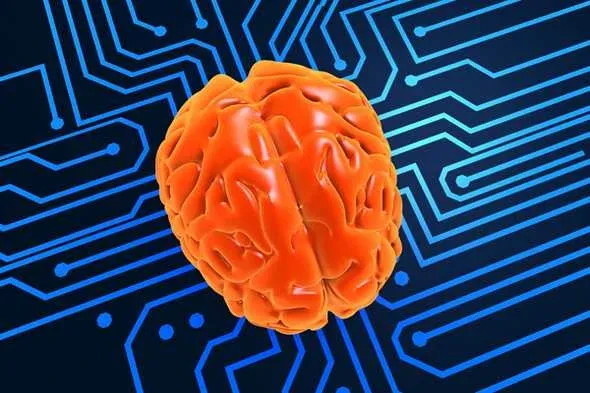ETSI Forms Quantum Dedicated Group
ETSI is turning towards quantum computing solutions.

Google’s DeepMind AI unit, which earlier this year achieved a breakthrough in computer intelligence by creating software that beat the world’s best human player at the strategy game Go, is turning its attention to the sci-fi video game Starcraft II, according to Bloomberg. The company said it had reached a deal with Blizzard Entertainment, California-based division of Activision Blizzard, which makes the Starcraft game series, to create an interface to let artificial intelligence researchers connect machine-learning software to the game.
London-based DeepMind, which Google purchased in 2014, has not said it has created software that can play Starcraft expertly, at least not yet. "We’re still a long way from being able to challenge a professional human player," DeepMind research scientist Oriol Vinyals said in a blog post. But the company’s announcement shows it’s looking seriously at Starcraft as a candidate for a breakthrough in machine intelligence.
Starcraft fascinates artificial intelligence researchers because it comes closer to simulating "the messiness of the real world" than games like chess or Go, Vinyals said. "An agent that can play Starcraft will need to demonstrate effective use of memory, an ability to plan over a long time and the capacity to adapt plans to new information," he said, adding that techniques required to create a machine-learning system that mastered these skills in order to play Starcraft "could ultimately transfer to real-world tasks.
The player’s view of what an opposing player is doing is limited in Starcraft, unlike chess or Go where opponents can observe the whole board at one time. Furthermore, unlike in a game where players take turns, a machine-learning system has to deal with an environment that is constantly in flux. Starcraft in particular also requires an ability to plan both a long-term strategy and make very quick tactical decisions to stay ahead of an opponent, and designing software that is good at both types of decision-making is difficult.